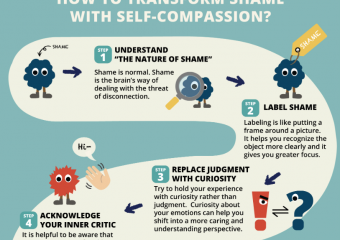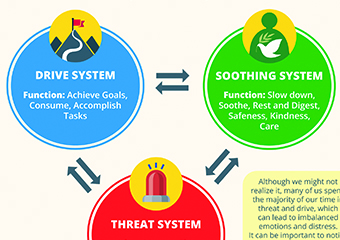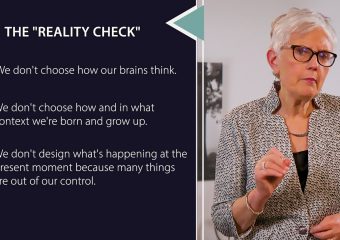When I was growing up, my Mother and Father always taught us the Biblical principle of tithing. Not only that, we were taught that as a child of God, we should give an offering on top of our tithe. So as a 7-year-old, each week I gave 10¢ of my 25¢ allowance as my tithe […]
Applying Compassion in 127 Countries
Now that we’ve wrapped up the Clinical Application of Compassion program, I’d like to take a moment to thank you again for tuning in. 33,197 practitioners joined us for one or more sessions in the series. We believe the work being done on compassion is so important. That’s why we made it our mission to […]
3 Critical Insights to Share with Traumatized Clients (That Can Jumpstart Healing)
Some of our most difficult work is with clients who have suffered a traumatic experience . . . . . . especially when they’re trapped in a cycle of self-blame, beating themselves up for what they perceive to be wrong thoughts, wrong decisions, and wrong relationships. But according to Deborah Lee, DClinPsy, there are three […]
[Infographic] A 5-Step Process for Transforming Shame with Self-Compassion
As practitioners, we know how transformative self-compassion can be – especially when it comes to healing shame. But here’s the thing – when a client is deeply rooted in shame, the very idea of being kind to themselves can feel undeserved and uncomfortable, even unnatural. So what if we could give them a step-by-step process […]
Two Compassion-Based Ways to Help Your Client Overcome Shame
Without a doubt, the compassion we offer our clients is often a key part of their healing. But how do we help our clients build compassion toward themselves . . . . . especially when they feel frozen and unable to act, cut off from themselves and those they care about? When their ability to […]
Applying the 3 Circles Model of Emotion to Help Clients Heal Shame [Infographic]
According to Paul Gilbert, PhD, we have three types of emotion regulation systems – we’ve got the Threat System, the Drive System, and the Soothing System. Now when a client is stuck in a painful cycle of self-criticism and shame, it’s often because these three systems are out of balance. You see, many clients spend […]
One Key Insight That Can Help Clients Undo Years of Blame and Shame
As practitioners, we’re well-acquainted with the fight, flight, freeze response – that automatic response that evolved to protect us from external threats or danger. But what happens when the threat is internal? When the threat is painful emotions or distress? Our response can still be automatic, and for many clients it can often be to […]
How Effective are Compassion-Oriented Interventions in Clinical Settings? Here’s What the Research Shows…
As a practitioner, you know the critical role compassion plays in the work that we do. In fact, you were probably drawn to this profession out of a deep sense of compassion, that overpowering desire to relieve suffering. Now, putting compassion to work in the clinical setting goes far beyond just the desire to relieve […]
A Traumatized America: Weeping with Those Who Weep
In the aftermath of the recent tragedies in El Paso and Dayton, it’s nearly impossible to know what to do or say. These acts of gun violence bring up all sorts of painful emotions – grief, sadness, anger, and fear. As the daughter of a pastor, I was taught the importance of weeping with those […]
Working with Abandonment – A Common Therapeutic Mistake
When we’re working with a client’s fear of abandonment, it can add a unique challenge to the therapeutic relationship. You see, the client already has their rejection radar up. So we might become overly cautious to avoid doing anything that could feed into their fear. Problem is, this approach can sometimes be counterintuitive. Not only […]









